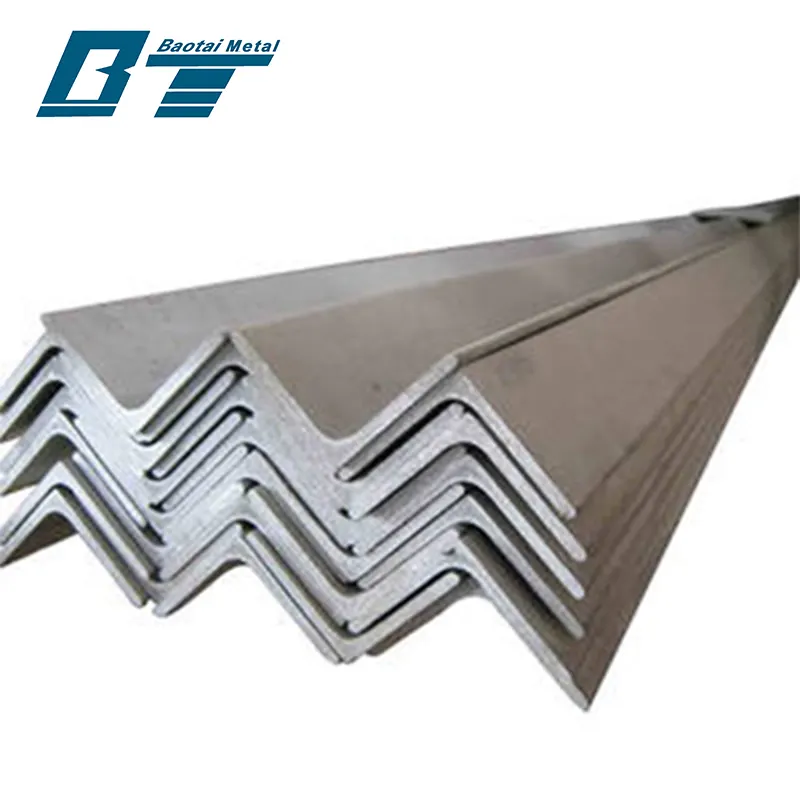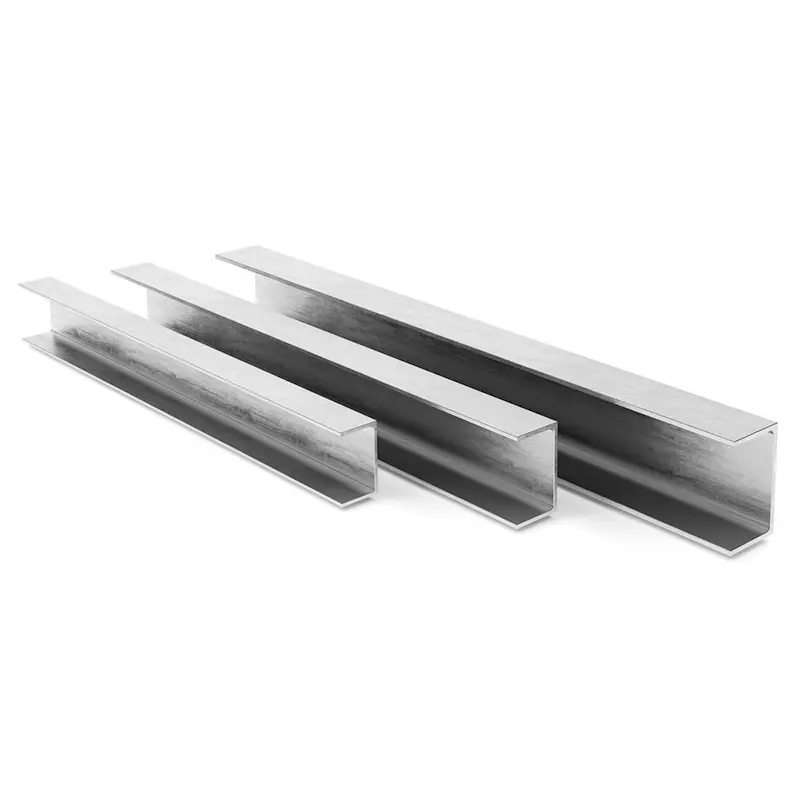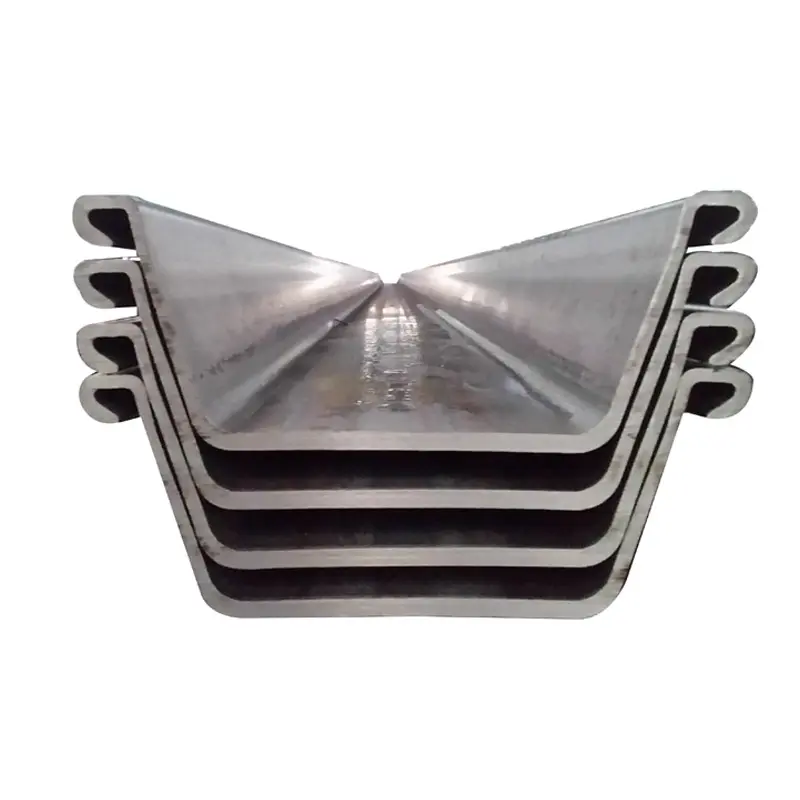Equal leg angle bar, also known as equal angle or isometric angle, is a structural steel section with two equal length legs forming a right angle, valued for its strength, versatility, and cost effectiveness. Manufactured from carbon steel (low carbon or medium carbon), these bars have uniform leg lengths (ranging from 25mm to 200mm) and thicknesses (3mm to 25mm), with cross sections forming an "L" shape. Hot rolled production is standard, ensuring good ductility and mechanical properties like tensile strength (400 550 MPa) and yield strength (235 355 MPa). The equal leg design provides balanced load bearing capacity in two directions, making them ideal for framing, bracing, and support structures in construction, machinery, and equipment. Common applications include building trusses, bridge supports, furniture frames, and automotive brackets. Surface treatments like galvanizing or painting enhance corrosion resistance for outdoor use. Equal leg angle bars comply with standards like ASTM A36, EN 10056, and JIS G3192, with dimensions and tolerances strictly controlled. Fabrication processes such as cutting, drilling, and welding are straightforward, with the right angle design facilitating easy assembly. Engineers select angle bars based on load requirements, leg length, and thickness, using design codes to ensure structural integrity. As a versatile structural component, equal leg angle bars continue to be essential in various industries for their balance of strength, affordability, and ease of use.


